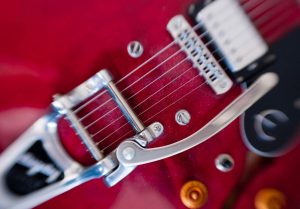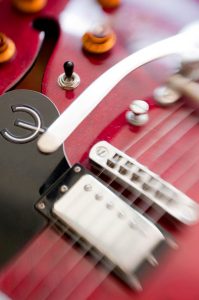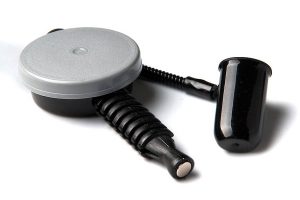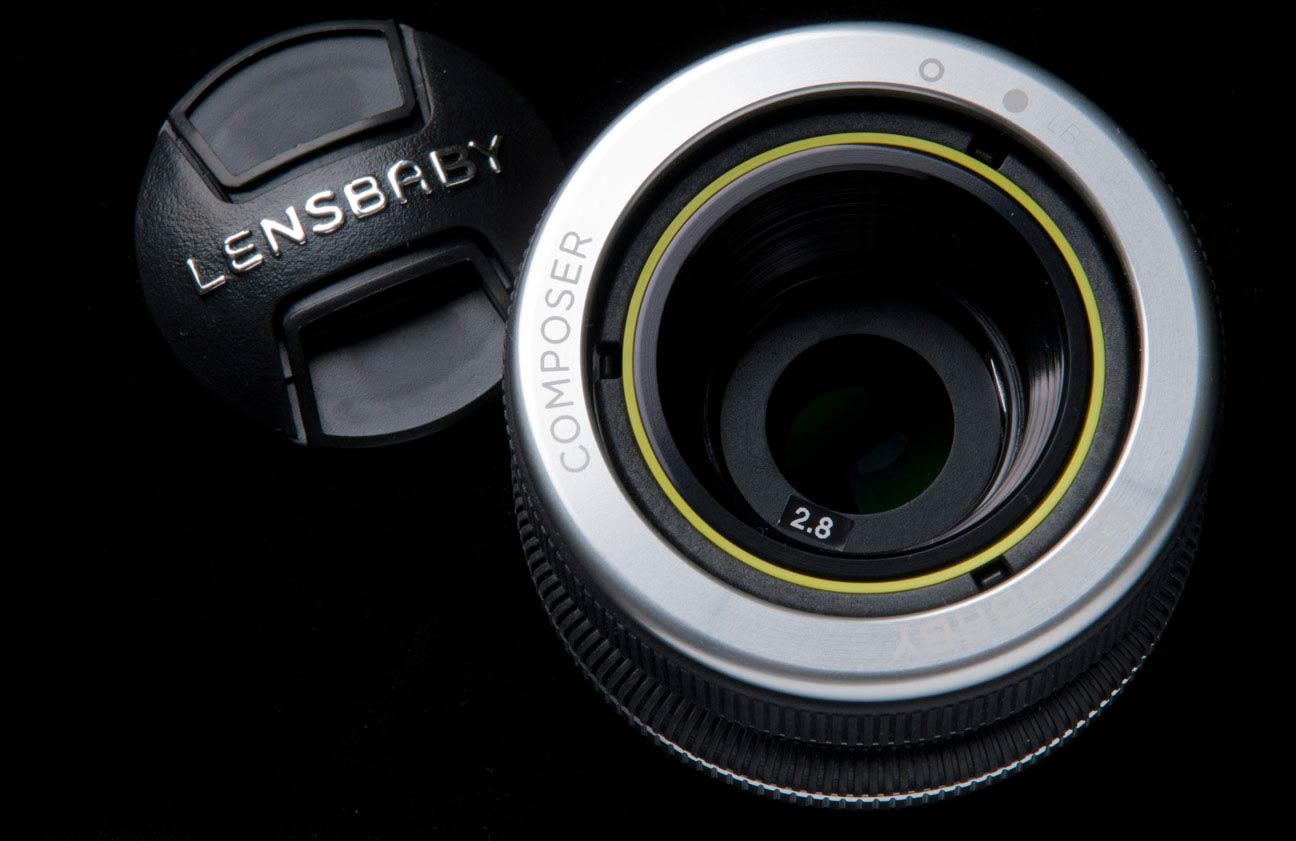The Lensbaby Composer is one of the more recent models produced by Lensbaby, of Portland, OR. If you haven’t seen their ubiquitous ads over the past few years, you probably don’t read photography magazines. Or websites. The Lensbaby ostensibly provides photographers creative focus control, similar to a tilt-shift lens or the tilt of a large format technical camera, and does so at a price that’s within the reach of many photographers: about $250. But does it deliver, and if so, who is this lens for?
Optics

Before I go any further, let me reflect on the “toy camera” craze of recent years. Holga medium format cameras have been incredibly popular, with their randomly fuzzy images, vignetting, light leaks, and other flaws that lend themselves to artistically “grungy” style photographs (typical photo quality can be seen here). And they cost under $30, which helps. People may argue about the artistic merits of working with Holgas, but nobody claims that they’re optically excellent or well built; in fact, their popularity is based on the fact that they are not.
So, when I say that the optical quality of the Lensbaby Composer is pretty bad, keep in mind that there is a tradition of using low quality optics for artistic effect. And, as far as I can tell, Lensbaby doesn’t claim to have excellent optics. They prefer to use words like “unique”, “versatile” and “artistic”.

At large apertures, the Lansbaby Composer produces a small “sweet spot” with relatively sharp focus, surrounded by an area that gets progressively more blurred and distorted towards the edges of the frame. As the size of the aperture decreases, the size of the “sweet spot” increases. Since the lens is hinged on a ball joint, it can be tilted to move that “sweet spot” around the frame, and of course, if the “sweet spot” is moved to the right, the distortion to the left gets considerably worse. However, even the sweet spot is not usually what portrait photographers would consider sharp (though it is closest when the sweet spot is centered); any 50mm f1.8 lens would put the resolution of the Lensbaby to shame. This is to be expected, though, because of the simplistic design of the Composer: there is, as far as I can tell, only one element in the lens, as opposed to the six elements in the cheapest Canon EF lens, the 50mm f1.8.
Images in which the sweet spot is properly located and in-focus are usually sharp enough to be acceptable for stylized portraits, but they’re not high resolution in absolute terms. Furthermore, achieving acceptable focus is complicated by shifts in the orientation of the focal plane, field curvature and rapid focus falloff away from the sweet spot and of course, modern cameras that lack focusing screens designed to assist in manual focus. Consequently, this lens should only be considered by those photographers for whom high resolution is not a top priority. Traditional landscape and architecture photographers needn’t bother with it.
Handling

Like all tilt-shift lenses, the Composer is manual-focus, which is to be expected. What wasn’t so expected, though, was the aperture system. It’s a bit more flexible than the Holgas, most of which have a fixed aperture, but it’s an unusual system to say the least. The Lensbaby comes with a small, banjo shaped device. At the end of the neck is a magnet, and inside the body is a collection of discs with varying sized apertures. In order to change apertures, you reach down into the barrel of the lens with the magnet and pull out the aperture ring and insert a new one. In the lens, the aperture discs are also held in place by small magnets.
This system is inconvenient, to say the least. If you’re shooting a fast paced wedding or portrait shoot, the only practicable option is to choose an aperture and stick with it for the duration. For photographers who are neat and organized, perhaps this loose-aperture system would pose no additional problems, but I can easily foresee people losing these aperture discs individually, or worse, losing the entire little case that hold them all.
The two features in which I expected to find high quality work were in the movement of the lens and the manual focus, as these are really the lenses’ raison d’être . Unfortunately, I was not favorably impressed. Instead of feeling like a high quality, well machined piece of machinery (as we had with lenses in the days before auto-focus), the Lensbaby Composer feels light and cheap, the movement of the focus tube is “sticky” instead of gliding smoothly… it stutters into focus like a heavy suitcase dragged down the stairs. The side to side movement of the lens is relatively smooth, but does not have the dampened, well oiled motion that I’d like to see.
But is it Worth It?
Perhaps you’ll think that I’m being too hard on the Lensbaby. It is, after all, not intended for technical photographers. It’s aimed at portrait photographers, primarily, and only portrait photographers making use of a distinct “artistic” style. Just as the Holga has it’s niche, doesn’t the Lensbaby Composer?
Yes, I suppose so. Many wedding and portrait photographers, as well as some more experimental landscape and art shooters have used the Lensbabies with success, and for all of my complaining, they do what they say they’ll do.
But I’m not sold. In large part, this has to do with the fact that the Lensbabies don’t match my style of photography, and honestly, I feel that the images produced with them are more than a little cliche. But it is equally because of the inconvenience of the aperture design and how the lens feels in operation. It just doesn’t feel good in my hands. And there’s the price…
You can buy a Holga for $30 or less. This is a price at which shoddy image quality is completely acceptable; and who wouldn’t want to play around with a weird, medium format film camera for under $30? The Lensbaby Composer, on the other hand, costs $250. To put that in perspective, you can buy a Canon or Nikon 50mm f/1.8, two of the sharpest SLR lenses made, for less than half that price. Or, if you want to play with manual focus and aperture, you can buy a weird manual focus lens like the Rokinon 85mm f/1.4 for only $10 dollars more and get wonderfully sharp photos, solid build quality, and buttery smooth bokeh. Furthermore, there are dozens of tutorials on the web now for DIY project “Tilt-Shift” lenses that hardly cost a thing and are a fun way to spend an afternoon, and although they’re not really useful substitutes for true tilt-shift lenses, they’re perfect substitutes for Lensbabies. And if you want a true tilt shift lens but but don’t need $2000 optical quality, there are plenty of inexpensive but real tilt-shift lenses on the market. A quick search on Ebay produces lenses made by Photex/Arax, for example, which have working aperture blades and true tilt AND shift movement for about $100 more than a Composer.
That is all to say: In my considered opinion, the Lensbaby is not worth its cost. At 1/10th the price, or even 1/4, it would be a different story. That said, if you have the extra money to throw around, then it’s certainly a fun toy to play with, and it does have its uses.



